Pedagogy before Technology: A Design-Based Research Approach to Enhancing Skills Development in Paramedic Science Using Mixed Reality
Abstract
:1. Introduction
2. Literature Review
3. Theoretical Framework
4. Experimental Design
5. Materials and Methods
- placed the laryngoscope in the right side before performing lateral sweep, (simulation step 3),
- elevated the laryngoscope without levering of the teeth (simulation step 4),
- adequately visualised the obstruction and safely removed it (simulation step 5), and/or
- removed the laryngoscope without damaging structures (simulation step 6).
6. Results
7. Discussion
8. Conclusions
Acknowledgments
Author Contributions
Conflicts of Interest
References
- Abraham, J.; Wade, D.M.; O’Connell, K.A.; Desharnais, S.; Jacoby, R. The use of simulation training in teaching health care quality and safety: An annotated bibliography. Am. J. Med. Qual. 2011, 26, 229–238. [Google Scholar] [CrossRef] [PubMed]
- Cook, D.A.; Hamstra, S.J.; Brydges, R.; Zendejas, B.; Szostek, J.H.; Wang, A.T.; Hatala, R. Comparative effectiveness of instructional design features in simulation-based education: Systematic review and meta-analysis. Med. Teach. 2013, 35, 867–898. [Google Scholar] [CrossRef] [PubMed]
- Cook, D.; Brydges, R.; Hamstra, S.; Zendejas, B.; Szostek, J.; Wang, A.; Hatala, R. Comparative effectiveness of technology-enhanced simulation versus other instructional methods: A systematic review and meta-analysis. Simul. Healthc. 2012, 7, 308–320. [Google Scholar] [CrossRef] [PubMed]
- Baker, P.; Weller, J.; Greenland, K.; Riley, R.; Merry, A. Education in airway management. Anaesthesia 2011, 66, 101–111. [Google Scholar] [CrossRef] [PubMed]
- Cook, T.; Woodall, N.; Frerk, C. Major complications of airway management in the UK: Results of the fourth national audit project of the royal college of anaesthetists and the difficult airway society. Part 1: anaesthesia. Br. J. Anaesth. 2011, 106, 617–631. [Google Scholar] [CrossRef] [PubMed]
- Kennedy, C.C.; Cannon, E.K.; Warner, D.O.; Cook, D.A. Advanced airway management simulation training in medical education: A systematic review and meta-analysis. Crit. Care Med. 2014, 42, 169–178. [Google Scholar] [CrossRef] [PubMed]
- Butchart, A.G.; Tjen, C.; Garg, A.; Young, P. Paramedic laryngoscopy in the simulated difficult airway: Comparison of the Venner AP Advance and GlideScope Ranger video laryngoscopes. Acad. Emerg. Med. 2011, 18, 692–698. [Google Scholar] [CrossRef]
- Youngquist, S.T.; Henderson, D.P.; GauscheHill, M.; Goodrich, S.M.; Poore, P.D.; Lewis, R.J. Paramedic self-efficacy and skill retention in pediatric airway management. Acad. Emerg. Med. 2008, 15, 1295–1303. [Google Scholar] [CrossRef] [PubMed]
- Cowling, M.; Moore, E.; Birt, J. Augmenting distance education skills development in paramedic science through mixed media visualization. In Proceedings of the 19th Annual Euromedia Conference, Lisbon, Portugal, 27–29 April 2015; pp. 113–117. [Google Scholar]
- Mayer, R.E. (Ed.) The Cambridge Handbook of Multimedia Learning; Cambridge University Press: Cambridge, UK, 2005. [Google Scholar]
- Birt, J.; Moore, E.; Cowling, M.A. Piloting mobile mixed reality simulation in paramedic distance education. In Proceedings of the 2017 IEEE 5th International Conference on Serious Games and Applications for Health (SeGAH), Perth, Australia, 2–4 April 2017; pp. 1–8. [Google Scholar]
- Birt, J.; Moore, E.; Cowling, M. Improving paramedic distance education through mobile mixed reality simulation. Australas. J. Educ. Tech. 2017, 33, 69–83. [Google Scholar] [CrossRef]
- Watson, D.M. Pedagogy before technology: Re-thinking the relationship between ICT and teaching. Educ. Inf. Tech. 2001, 6, 251–266. [Google Scholar] [CrossRef]
- Bliuc, A.M.; Goodyear, P.; Ellis, R.A. Research focus and methodological choices in studies into students’ experiences of blended learning in higher education. Inter. Higher Educ. 2007, 10, 231–244. [Google Scholar] [CrossRef]
- Azuma, R.T. A survey of augmented reality. Teleoper. Virtual Environ. 1997, 6, 355–385. [Google Scholar] [CrossRef]
- Azuma, R.; Baillot, Y.; Behringer, R.; Feiner, S.; Julier, S.; MacIntyre, B. Recent advances in augmented reality. IEEE Comput. Graph. Appl. 2001, 21, 34–47. [Google Scholar] [CrossRef]
- Becker, S.A.; Cummins, M.; Davis, A.; Freeman, A.; Giesinger, C.H.; Ananthanarayanan, V. NMC Horizon Report: 2017 Higher Education Edition. New Media Consort. 2017. Available online: http://cdn.nmc.org/media/2017-nmc-horizon-report-he-EN.pdf (accessed on 25 January 2018).
- The Next Web. Mixed Reality Will Be Most Important Tech of 2017. Available online: https://thenextweb.com/insider/2017/01/07/mixed-reality-will-be-most-important-tech-of-2017/ (accessed on 25 January 2018).
- Milgram, P.; Kishino, F. A taxonomy of mixed reality visual displays. IEICE Trans. Inf. Syst. 1994, 77, 1321–1329. [Google Scholar]
- Cochrane, T. Mobile VR in education: From the fringe to the mainstream. Inter. J. Mob. Blended Learn. 2016, 8, 44–60. [Google Scholar] [CrossRef]
- Tanenbaum, J.; Tanenbaum, K.; Antle, A. The Reading Glove: designing interactions for object-based tangible storytelling. In Proceedings of the 1st Augmented Human International Conference, Megève, France, 2–4 April 2010. [Google Scholar]
- Birt, J.; Cowling, M.A. Towards future mixed reality learning spaces for STEAM education. Inter. J. Innov. Sci. Math. Educ. 2017, 25, 1–16. [Google Scholar]
- Uluyol, C.; Sahin, S. Augmented reality: A new direction in education. Emerg. Tools Appl. Virtual Real. Educ. 2016, 239–257. [Google Scholar] [CrossRef]
- Wu, H.K.; Lee, S.W.Y.; Chang, H.Y.; Liang, J.C. Current status, opportunities and challenges of augmented reality in education. Comput. Educ. 2013, 62, 41–49. [Google Scholar] [CrossRef]
- Billinghurst, M.; Clark, A.; Lee, G. A survey of augmented reality. Found. Trends® Human–Comput. Interact. 2015, 8, 73–272. [Google Scholar] [CrossRef]
- Dunleavy, M.; Dede, C. Handbook of Research on Educational Communications and Technology; Springer: New York, NY, USA, 2014; pp. 735–745. [Google Scholar]
- Cheng, K.H.; Tsai, C.C. Affordances of augmented reality in science learning: Suggestions for future research. J. Sci. Educ. Tech. 2013, 22, 449–462. [Google Scholar] [CrossRef]
- Bower, M.; Howe, C.; McCredie, N.; Robinson, A.; Grover, D. Augmented reality in education–cases, places and potentials. Educ. Media Inter. 2014, 51, 1–15. [Google Scholar] [CrossRef]
- Bacca, J.; Baldiris, S.; Fabregat, R.; Graf, S. Augmented reality trends in education: A systematic review of research and applications. J. Educ. Tech. Soc. 2014, 17, 133–149. [Google Scholar]
- Phon, D.N.E.; Ali, M.; Halim, N.D.A. Collaborative augmented reality in education: A review. In Proceedings of the 2014 International Conference on Teaching and Learning in Computing and Engineering (LaTiCE), Kuching, Malaysia, 11–13 April 2014; pp. 78–83. [Google Scholar]
- Lukosch, S.; Billinghurst, M.; Alem, L.; Kiyokawa, K. Collaboration in Augmented Reality. Comput. Support. Coop. Work (CSCW) 2015, 24, 515–525. [Google Scholar] [CrossRef]
- FitzGerald, E.; Ferguson, R.; Adams, A.; Gaved, M.; Mor, Y.; Thomas, R. Augmented reality and mobile learning: the state of the art. Inter. J. Mob. Blended Learn. 2013, 5, 43–58. [Google Scholar] [CrossRef]
- Nincarean, D.; Alia, M.B.; Halim, N.D.A.; Rahman, M.H.A. Mobile augmented reality: The potential for education. Procedia-Soc. Behav. Sci. 2013, 103, 657–664. [Google Scholar] [CrossRef]
- Kipper, G.; Rampolla, J. Augmented Reality: An Emerging Technologies Guide to AR; Elsevier: Waltham, MA, USA, 2012. [Google Scholar]
- Craig, A.B. Understanding Augmented Reality: Concepts and Applications; Newnes: Waltham, MA, USA, 2013. [Google Scholar]
- Lee, K. Augmented reality in education and training. TechTrends 2012, 56, 13–21. [Google Scholar] [CrossRef]
- Yuen, S.; Yaoyuneyong, G.; Johnson, E. Augmented reality: An overview and five directions for AR in education. J. Educ. Tech. Dev. Exch. 2011, 4, 119–140. [Google Scholar] [CrossRef]
- Zhou, F.; Duh, H.B.L.; Billinghurst, M. Trends in augmented reality tracking, interaction and display: A review of ten years of ISMAR. In Proceedings of the 7th IEEE/ACM International Symposium on Mixed and Augmented Reality, Washington, DC, USA, 15–18 September 2008; pp. 193–202. [Google Scholar]
- Hussein, M.; Nätterdal, C. The Benefits of Virtual Reality in Education: A Comparison Study. Bachelor’s Thesis, University of Gothenburg, Göteborg, Sweden, 2015. [Google Scholar]
- Ott, M.; Freina, L. A literature review on immersive virtual reality in education: state of the art and perspectives. In Proceedings of the 11th eLearning and Software for Education (eLSE), Bucharest, Romania, 23–24 April 2015; pp. 133–141. [Google Scholar]
- Merchant, Z.; Goetz, E.T.; Cifuentes, L.; Kennicutt, W.K.; Davis, T.J. Effectiveness of virtual reality-based instruction on students’ learning outcomes in K-12 and higher education: A meta-analysis. Comput. Educ. 2014, 70, 29–40. [Google Scholar] [CrossRef]
- Mikropoulos, T.A.; Natsis, A. Educational virtual environments: A ten-year review of empirical research (1999–2009). Comput. Educ. 2011, 56, 769–780. [Google Scholar] [CrossRef]
- Hughes, C.E.; Stapleton, C.B.; Hughes, D.E.; Smith, E.M. Mixed reality in education, entertainment, and training. IEEE Comput. Graph. Appl. 2005, 25, 24–30. [Google Scholar] [CrossRef] [PubMed]
- Bower, M.; Dalgarno, B.; Kennedy, G.E.; Lee, M.J.; Kenney, J. Design and implementation factors in blended synchronous learning environments: Outcomes from a cross-case analysis. Comput. Educ. 2015, 86, 1–17. [Google Scholar] [CrossRef]
- Bower, M.; Sturman, D. What are the educational affordances of wearable technologies? Comput. Educ. 2015, 88, 343–353. [Google Scholar] [CrossRef]
- Lindgren, R.; Glenberg, M.J. Emboldened by embodiment: Six precepts for research on embodied learning and mixed reality. Educ. Res. 2013, 42, 445–452. [Google Scholar] [CrossRef]
- Facebook. Mark Zuckerberg Here’s the Crazy Virtual Reality Demo I Did Live on Stage at Oculus Connect Today. 2016. Available online: https://www.facebook.com/zuck/posts/10103154542263811 (accessed on 25 January 2018).
- Cowling, M.; Tanenbaum, J.; Birt, J.; Tanenbaum, K. Augmenting reality for augmented reality. Interactions 2016, 24, 42–45. [Google Scholar] [CrossRef]
- Anderson, T.; Shattuck, J. Design-based research: A decade of progress in education research? Educ. Res. 2012, 41, 16–25. [Google Scholar] [CrossRef]
- Kelly, A. Design research in education: Yes, but is it methodological? J. Learn. Sci. 2004, 13, 115–128. [Google Scholar] [CrossRef]
- Sandoval, W.A. Developing learning theory by refining conjectures embodied in educational designs. Educ. Psychol. 2004, 39, 213–223. [Google Scholar] [CrossRef]
- Reeves, T.C. Design research from a technology perspective. Educ. Des. Res. 2006, 1, 52–66. [Google Scholar]
- Hamstra, S.J.; Brydges, R.; Hatala, R.; Zendejas, B.; Cook, D.A. Reconsidering fidelity in simulation-based training. Acad. Med. 2014, 89, 387–392. [Google Scholar] [CrossRef] [PubMed]
- Norman, G.; Dore, K.; Grierson, L. The minimal relationship between simulation fidelity and transfer of learning. Med. Educ. 2012, 46, 636–647. [Google Scholar] [CrossRef] [PubMed]
- Zendejas, B.; Wang, A.T.; Brydges, R.; Hamstra, S.J.; Cook, D.A. Cost: The missing outcome in simulation-based medical education research: A systematic review. Surgery 2013, 153, 160–176. [Google Scholar] [CrossRef] [PubMed]
- Paas, F.; Sweller, J. The Cambridge Handbook of Multimedia Learning, 2nd ed.; Cambridge University Press: New York, NY, USA, 2014; pp. 27–42. [Google Scholar]
- Plass, J.L.; Moreno, R.; Brünken, R. Cognitive Load Theory; Cambridge University Press: Cambridge, UK, 2010. [Google Scholar]
- Paramedic Skills. Available online: http://www.mixedrealityresearch.com/#paramedics (accessed on 26 January 2018).
- Video of the Laryngoscopy AR Simulation. Available online: https://www.youtube.com/watch?v=wIfwZFKlSQU (accessed on 26 January 2018).
- Clark, R.C.; Mayer, R.E. E-Learning and the Science of Instruction: Proven Guidelines for Consumers and Designers of Multimedia Learning, 4th ed.; John Wiley & Sons: New York, NY, USA, 2016. [Google Scholar]
- Queensland Ambulance Service, CQPS Unit. Clinical Practice Procedures: Airway Management. Available online: https://www.ambulance.qld.gov.au/CPPtable.html (accessed on 25 January 2018).


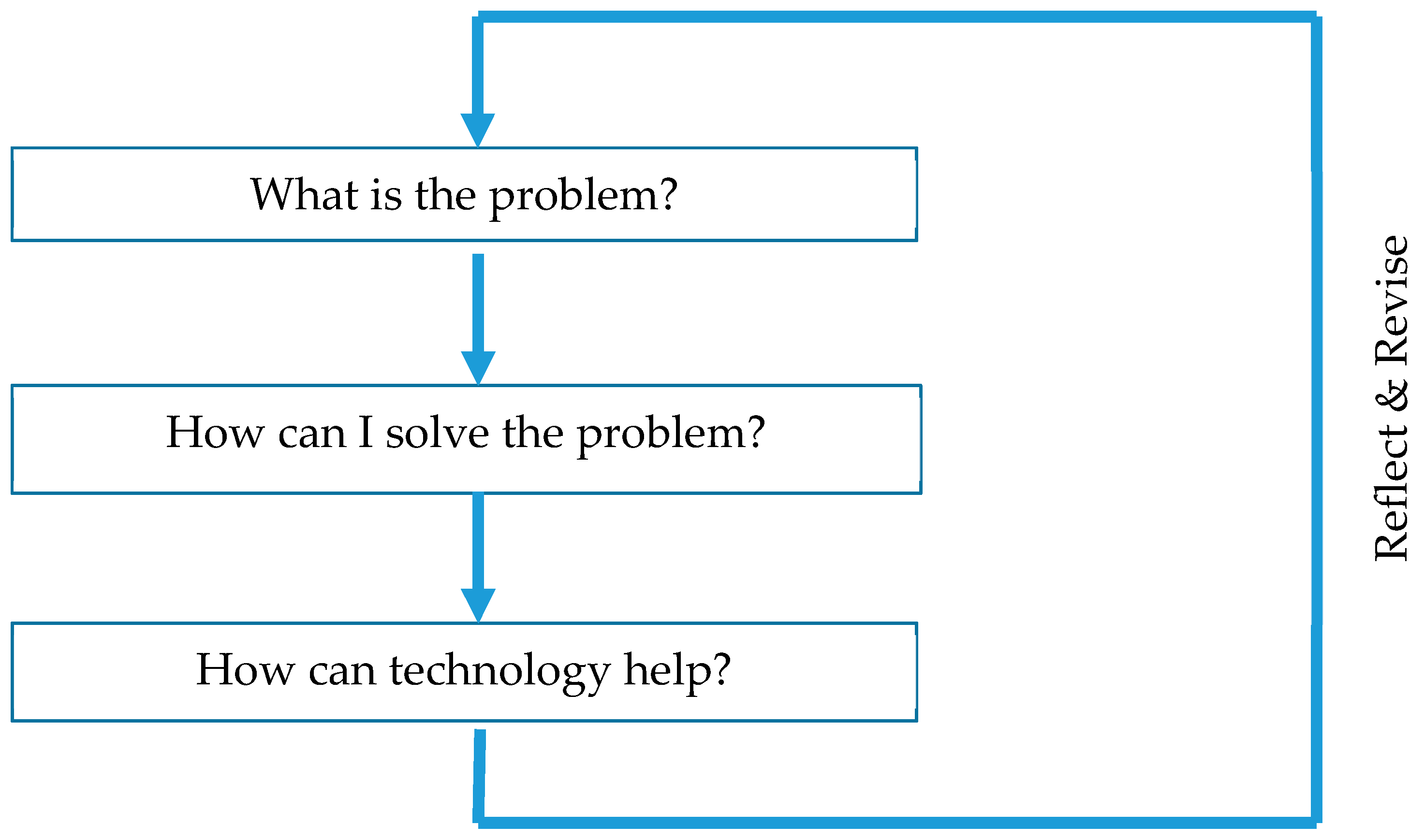
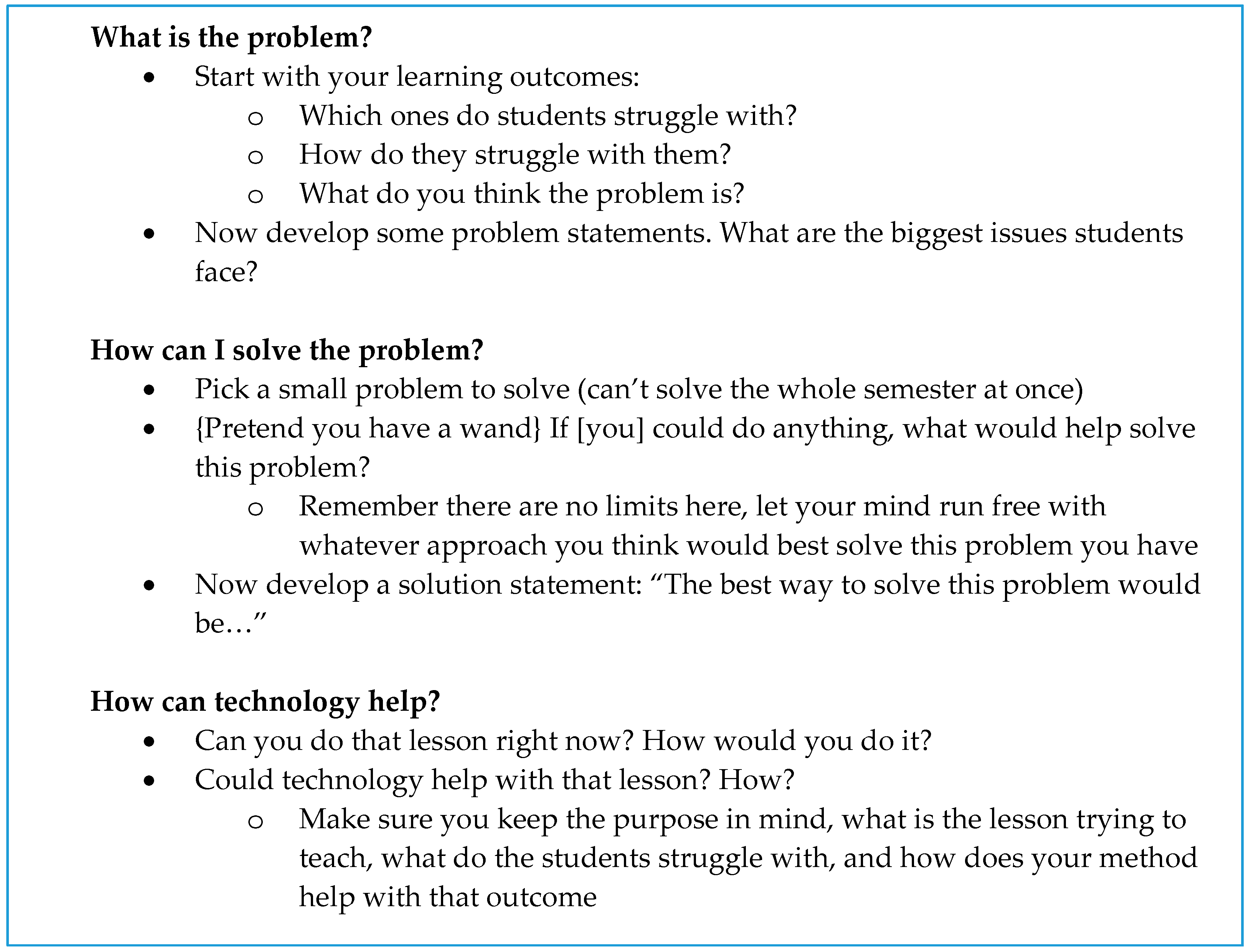
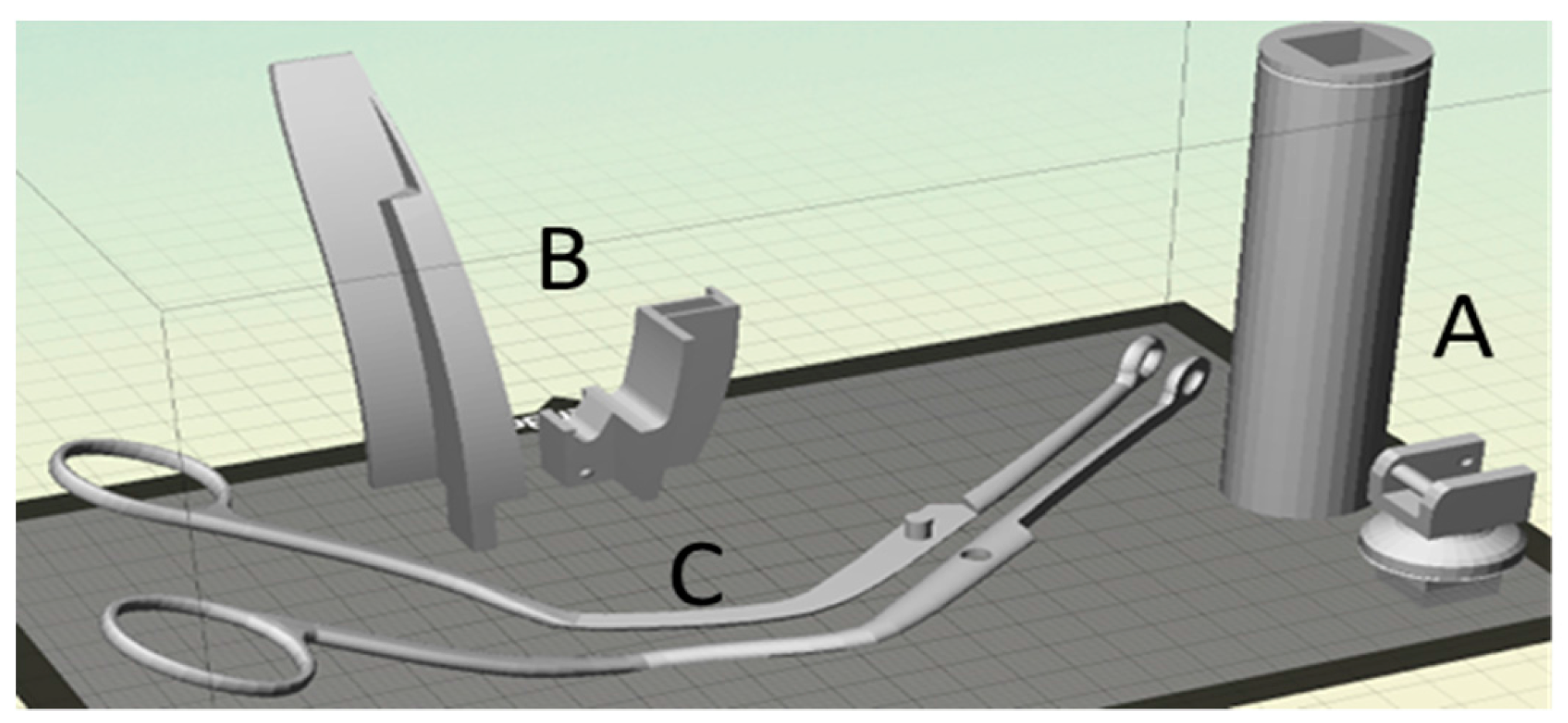
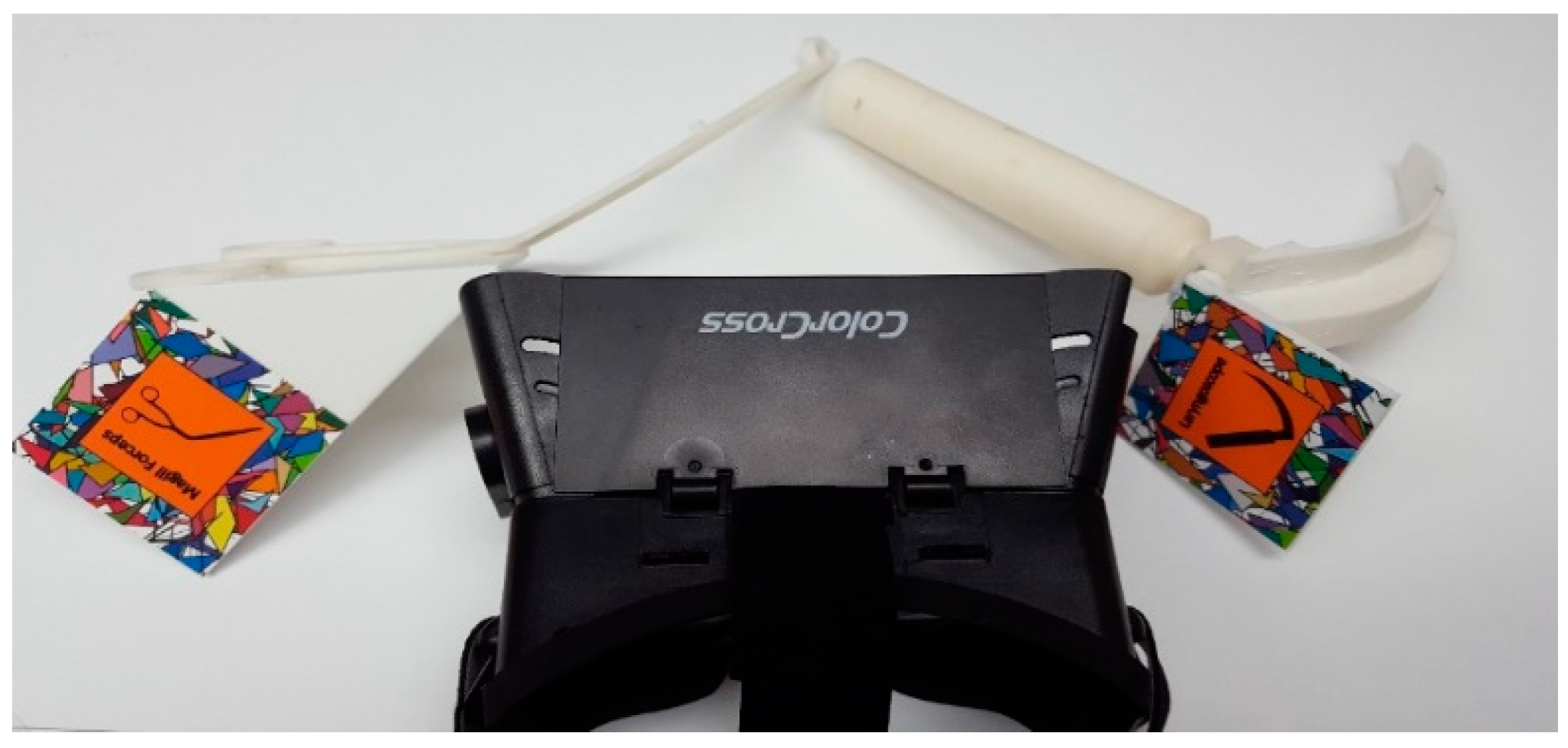
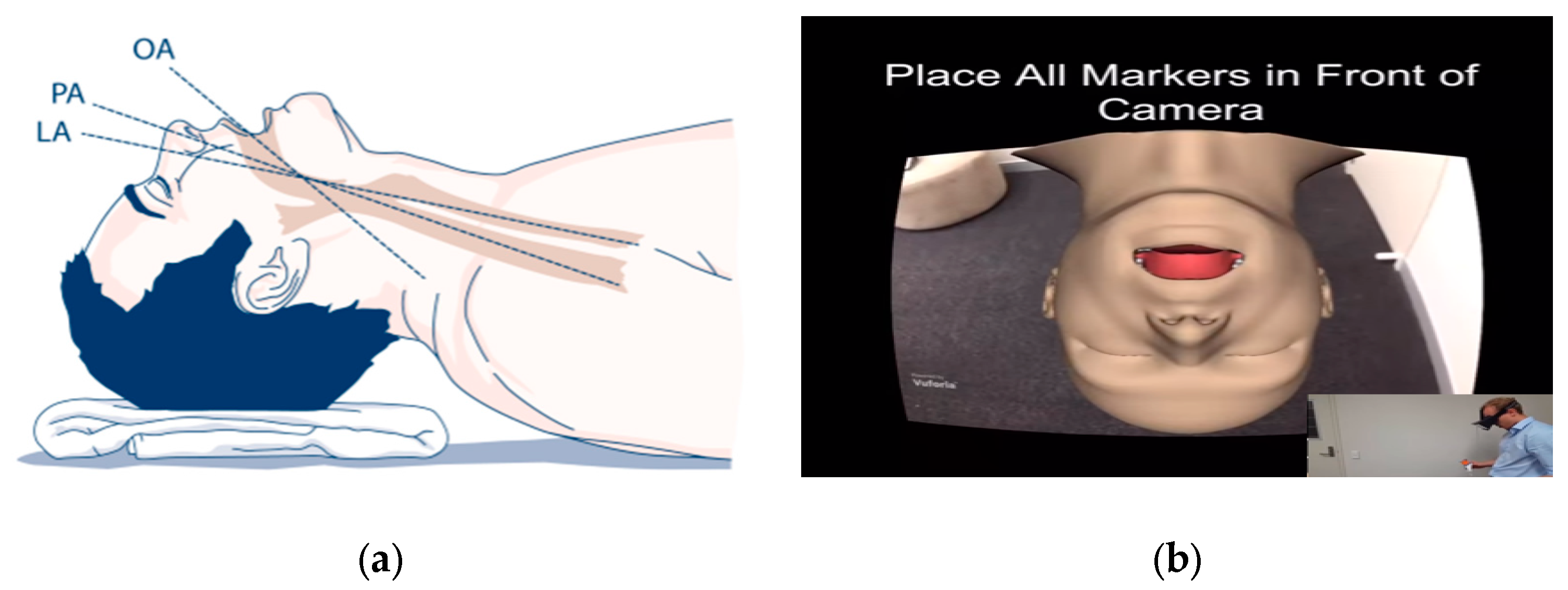
| Research Paper | Focus (AR/VR/MR) |
|---|---|
| Wu, Lee, Chang, and Liang (2013) [24] | AR |
| Billinghurst, Clark, and Lee (2015) [25] | AR |
| Dunleavy and Dede (2014) [26] | AR |
| Cheng and Tsai (2013) [27] | AR |
| Bower et al (2014) [28] | AR |
| Bacca, Baldiris, Fabregat, and Graf (2014) [29] | AR |
| Phon, Ali, and Halim (2014) [30] | AR |
| Lukosch, Billinghurst, Alem, and Kiyokawa (2015) [31] | AR |
| FitzGerald, Ferguson, Adams, Gaved, Mor, and Thomas (2013) [32] | AR |
| Nincarean, Alia, Halim, and Rahman (2013) [33] | AR |
| Kipper and Rampolla (2012) [34] | AR |
| Craig (2013) [35] | AR |
| Lee (2012) [36] | AR |
| Yuen, Yaoyuneyong, and Johnson (2011) [37] | AR |
| Zhou, Duh, and Billinghurst (2008) [38] | AR |
| Hussien and Natterdal (2015) [39] | VR |
| Ott and Friena (2015) [40] | VR |
| Merchant et al (2014) [41] | VR |
| Mikropoulas and Natsis (2011) [42] | VR |
| Hughes, Stapleton, Hughes, and Smith (2005) [43] | MR |
| Bower, Dalgarno, Kennedy, Lee, and Kenney (2015) [44] | MR |
| Bower and Sturman (2015) [45] | MR |
| Lindgren and Johnson-Glenberg (2013) [46] | MR |
| Feedback on the Problem |
|---|
| “this course is a ‘skills’ learning course … there should be a way for us to actually get more time doing skills” |
| “distance students at a severe disadvantage … I am missing out … you can read about the skills but it is impossible to get feedback and to know if you’re doing it right” |
| “no substitution for experience” |
| “any software or equipment to at least go through the motions of doing the skills?” |
| Feedback on the Solution. |
|---|
| “we need every student to have a portable airways mannequin and cheap tools to practice the skills, but cost is prohibitive … residential schools work … but not held early enough for students” |
| “students would need both hands free, so the phone would need to be mounted in their eyeline” |
| Feedback on the Use of Technology |
|---|
| “tools could be provided to students by 3D printing them (cost/set) ~ $1 AUD + postage” |
| “we can provide a hat and 3D printed hat mount to allow students to have hands free” “A simulation app can then be constructed using a free game engine [Unity3d] that could observe and monitor [learner] skills” |
| Feedback on the First Intervention |
|---|
| [Learners] were very excited … [practice] the skills at home … [learner] more involved in the course and less isolated |
| [Observers] found most [learners] struggled with the setup of the equipment and progression through the required steps … especially when introducing the Magill forceps and removing the foreign body |
| [Learners] commented “my hands seem to pass by the [simulated airways manikin]” … “spent too much time focusing on the markers and not on the [simulated airways manikin] … resulting in frustration when the simulation would present red boxed and restart |
| Many [learners] commented that they did not get around to using the [simulation] highlighting time struggles and being “extra” work [Head Paramedic] on reflection should have encouraged more frequent use of the simulation with a reminder and linkage to the learning tasks |
© 2018 by the authors. Licensee MDPI, Basel, Switzerland. This article is an open access article distributed under the terms and conditions of the Creative Commons Attribution (CC BY) license (http://creativecommons.org/licenses/by/4.0/).
Share and Cite
Cowling, M.; Birt, J. Pedagogy before Technology: A Design-Based Research Approach to Enhancing Skills Development in Paramedic Science Using Mixed Reality. Information 2018, 9, 29. https://doi.org/10.3390/info9020029
Cowling M, Birt J. Pedagogy before Technology: A Design-Based Research Approach to Enhancing Skills Development in Paramedic Science Using Mixed Reality. Information. 2018; 9(2):29. https://doi.org/10.3390/info9020029
Chicago/Turabian StyleCowling, Michael, and James Birt. 2018. "Pedagogy before Technology: A Design-Based Research Approach to Enhancing Skills Development in Paramedic Science Using Mixed Reality" Information 9, no. 2: 29. https://doi.org/10.3390/info9020029






